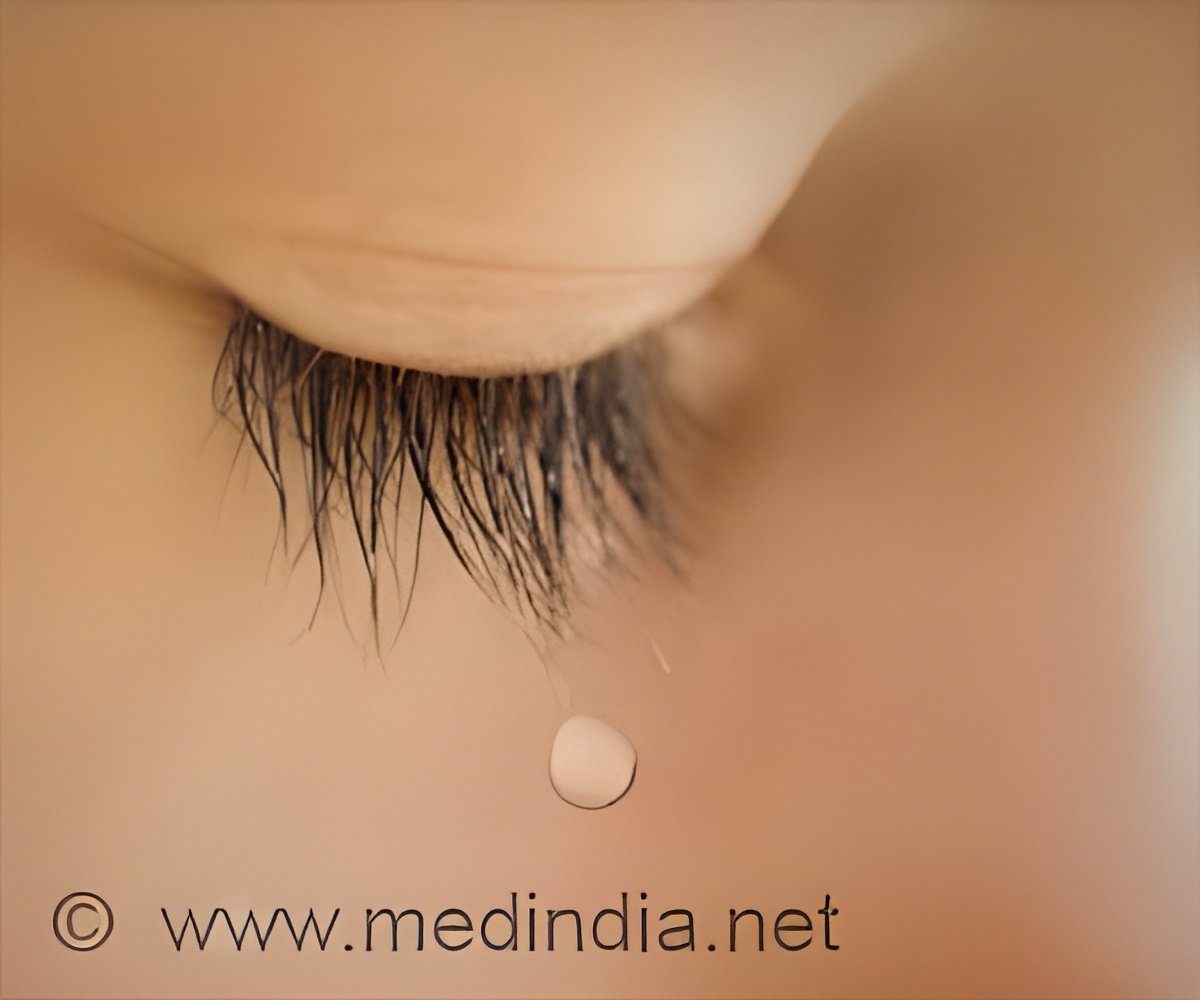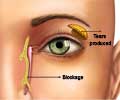Novel technique unveils complex behaviors of micron-sized particles in both real and artificial tears, highlighting the intricate nature of human tears.

Shedding light on the viscoelastic behavior of artificial and human tears: A microrheological approach
Go to source).
‘In-depth analysis reveals the intricate dynamics of micron-sized particles in real and artificial tears, emphasizing the challenge of replicating the complex composition and moisturizing properties found in human tears.
# Tears, #Eyes, #Artificial Tears
’





The detailed insights they gained about the composition and behavior of tears could also apply to the study of ocular pathogens, as well as other biological fluids. The Liquid Enigma
“Tailoring formulations and characteristics to meet individual requirements are key considerations in achieving efficacy,” author Juan F. Vega said. “The ultimate goal is to provide an effective and personalized solution that alleviates dry eye syndrome.”The authors collected healthy human tears and tested 10 different formulations of artificial tears, probing these liquids to understand properties such as viscosity (flow), elasticity and stability, and the effects of different concentrations of components in the liquids. They also tested the behavior of the liquids under stress, such as when the eye blinks.
To study the tiny volumes of liquid in tears, the authors applied microrheology methods, which monitor the movement of micron-sized particles in liquids, using a technique that measures how light reflects off particles suspended in liquid to reveal how the liquid behaves in different scenarios, known as dynamic light scattering, or DLS.
The authors’ unique application of these methods to the study of tears has implications both for the fundamental knowledge of microbiological fluids and for the design of functional materials with specific desired properties, Vega said.
Intricacies of Micron-Sized Particles in Tears
“The goal of investigating these characteristics is to understand the behavior of the fluid and gain insights into its performance and potential applications – for example, cosmetics, pharmaceuticals, or food – where understanding the viscoelastic properties helps in formulating products with desirable textures, stability, and flow behavior,” Vega said.The authors plan to continue to explore more complex formulations of artificial tears and extend their work to the study of human tears with different pathologies.
Advertisement
Reference:
- Shedding light on the viscoelastic behavior of artificial and human tears: A microrheological approach - (https://pubs.aip.org/aip/pof/article/35/7/072008/2901647/Shedding-light-on-the-viscoelastic-behavior-of)
Advertisement







